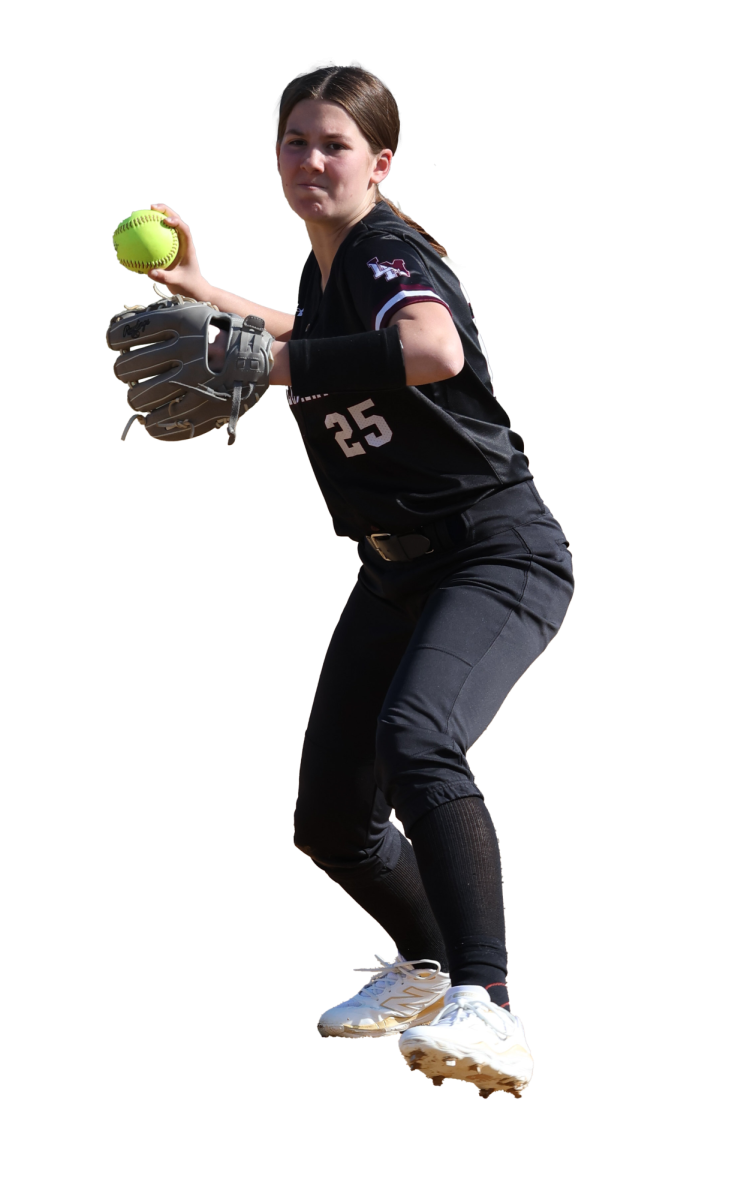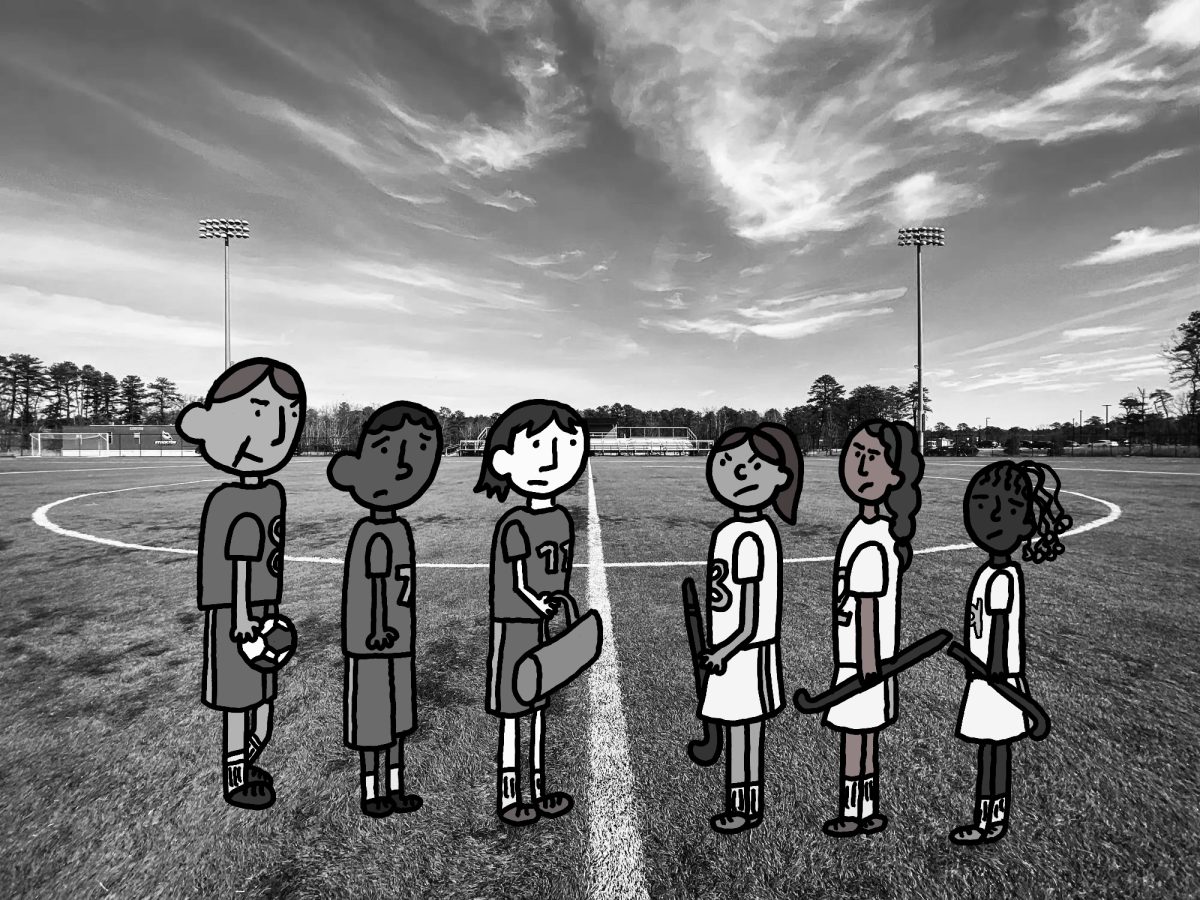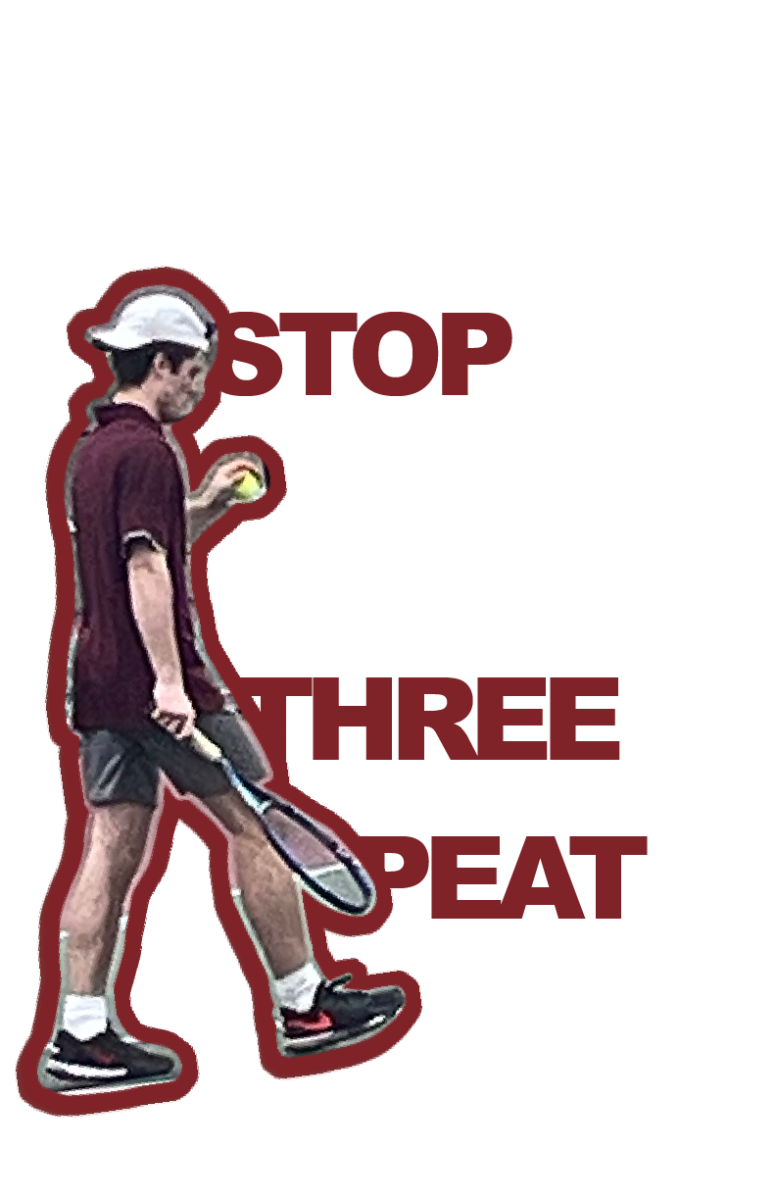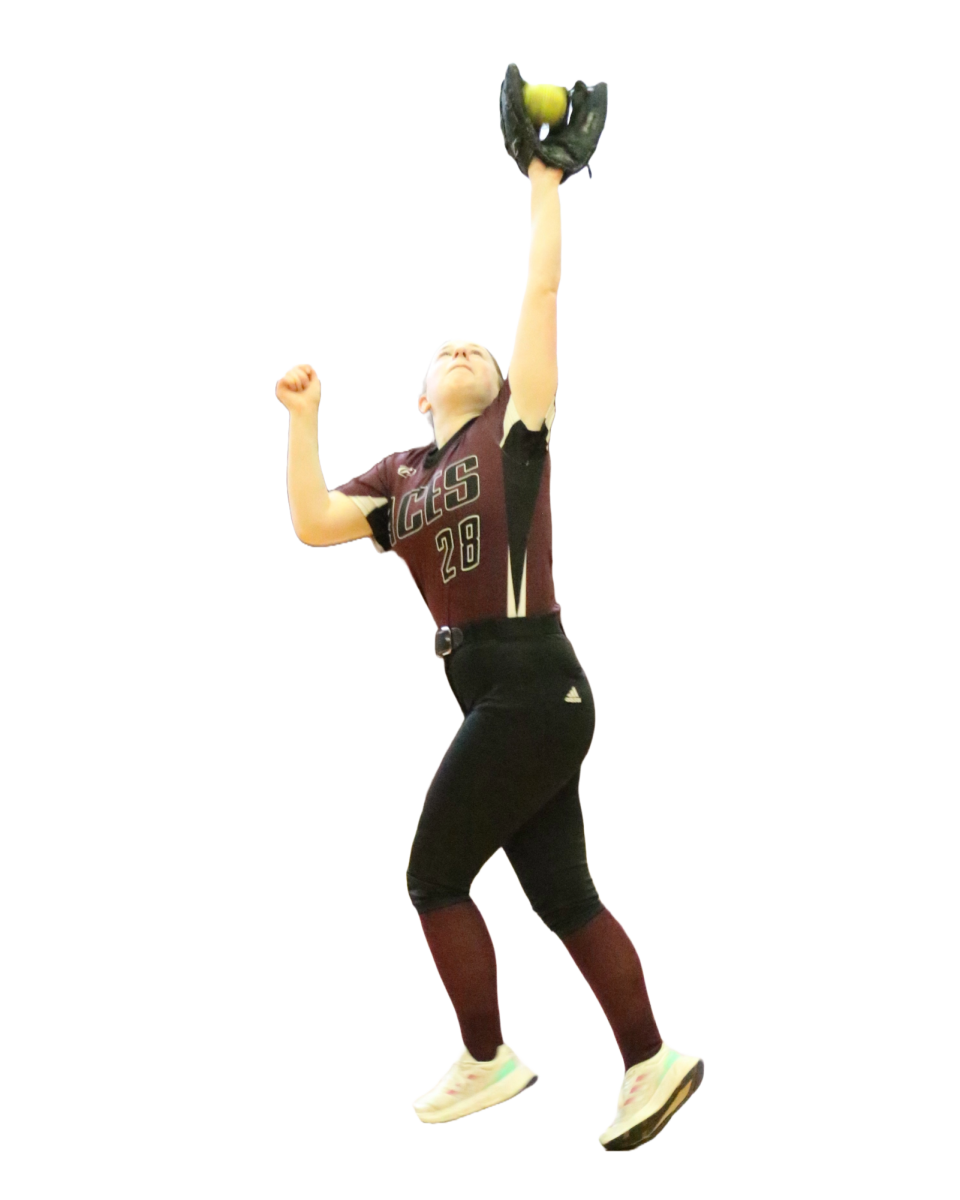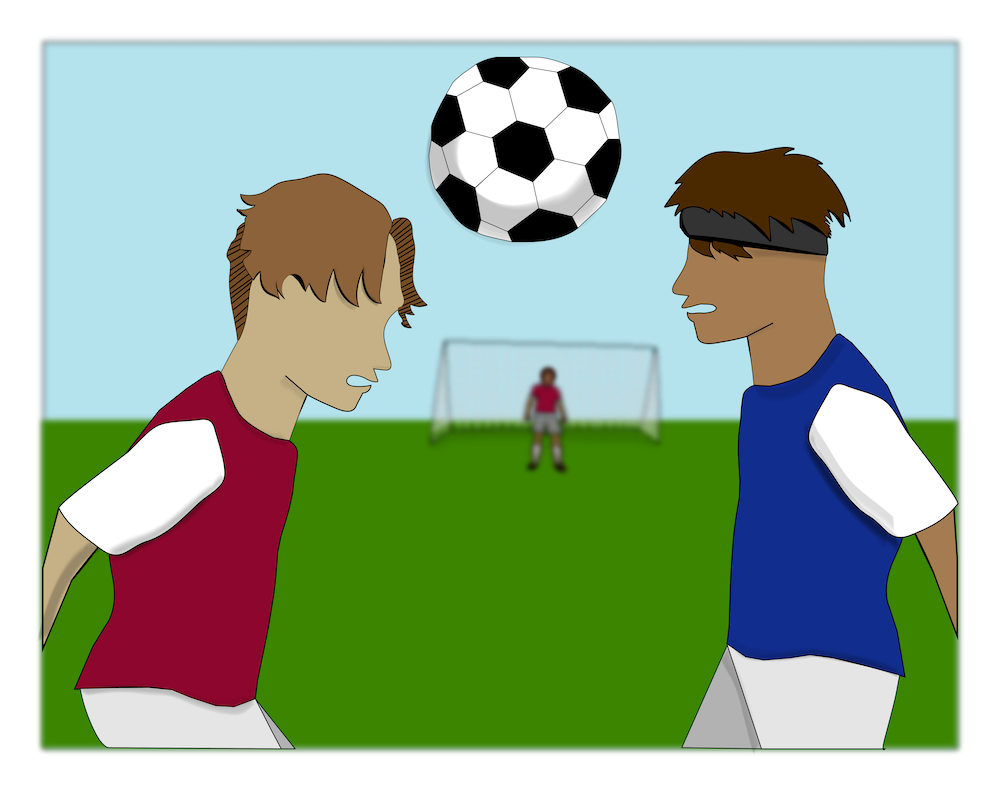
In many aspects of life, risk is unavoidable. One of the risks that student-athletes have to come to terms with is serious head injuries which can take them out of a season and affect their brain for a long time. Concussions occur when a collision causes the brain to bang into the skull, causing some degree of bruising, blood vessel tears, and/or nerve injury. According to the US Center for Disease Control and Prevention, children are impacted by over 800,000 traumatic brain injury-related emergency department visits, hospitalizations and deaths annually. Athletes must be aware of these factors when playing a high risk sport, and upon doing so, should know when it is necessary to accept help for a brain injury. Better safe than sorry, after all.
Student athlete Emma Burke ’23 has had three concussions, one of them occurring while playing soccer. This caused her to miss a few days of school and up to three weeks of participating in both soccer and lacrosse. She described, “Sitting out of practices and watching from the sidelines was definitely hard for me. I remember watching my teammates have fun during practices and games and I just had to sit on the bench and watch. It was definitely tough for me.” For student athletes that are working towards a goal as many do, such as improving their skills or making it onto a high-ranking team, being out of commission for any given time can be a tough pill to swallow. Although Burke recovered from the majority of concussion symptoms, she still faces mild after-effects today, noting that after her third concussion she became prone to headaches after practice and has an increased light sensitivity, leading to issues during sunny practices and night games under the lights.
Depending on the sport and the amount of contact, the level of danger varies. Gwen Koziara ’21, an avid hockey player, has dealt with severe concussions throughout her many years in the sport, leading to some major obstacles toward continuing her athletic career. In November of her freshman year, she absorbed an illegal hit while playing in a hockey league made up of mostly boys. She doesn’t remember the immediate impact, but she says, “From what I heard he [a player on the opposing team] cross-checked and hit me in my back and I fell into the boards, hit my head on the boards then on the ice and got whiplash.” The consequences for Koziara were very severe, forcing her out of hockey practice for three months and preventing her from even working out for two of those months, outside of physical therapy. She couldn’t play in games until her sophomore season. In terms of physical ailments, she developed double vision, a slight lazy eye, extreme dizziness, light and sound sensitivity, and an inability to focus or retain information, with the latter two lasting for almost two years. Academically, Koziara suffered as well. The injury led to her needing to sleep through a lot of school, which, combined with the memory loss, caused issues. Thankfully, she thinks that she has finally recovered from her symptoms, but it has been a long and difficult road back from the single illegal hit that caused it all.
Evidently, head injuries can severely hurt a student, but after enduring one, a person must take extreme caution to avoid Second Impact Syndrome (SIS). According to Beaumont.org, SIS “happens when the brain swells rapidly shortly after a person suffers a second concussion before symptoms from an earlier concussion have subsided” and has the potential to be fatal. A student must obey any instruction given by their doctor, taking care to follow all directions and remain removed from daily life, especially sports participation, until given the go-ahead.
The most dangerous high school team sport, according to a National High School Sports-Related Injury Surveillance Study database, is boys’ football, with 10.4 concussions per 10,000 athlete exposures. Second is girls’ soccer, followed by boys’ hockey. Playing a sport can be immensely exhilarating and beneficial in countless ways, both mentally and physically, but simultaneously athletes must be aware of the danger of sustaining a head injury every time they take the field or court.


